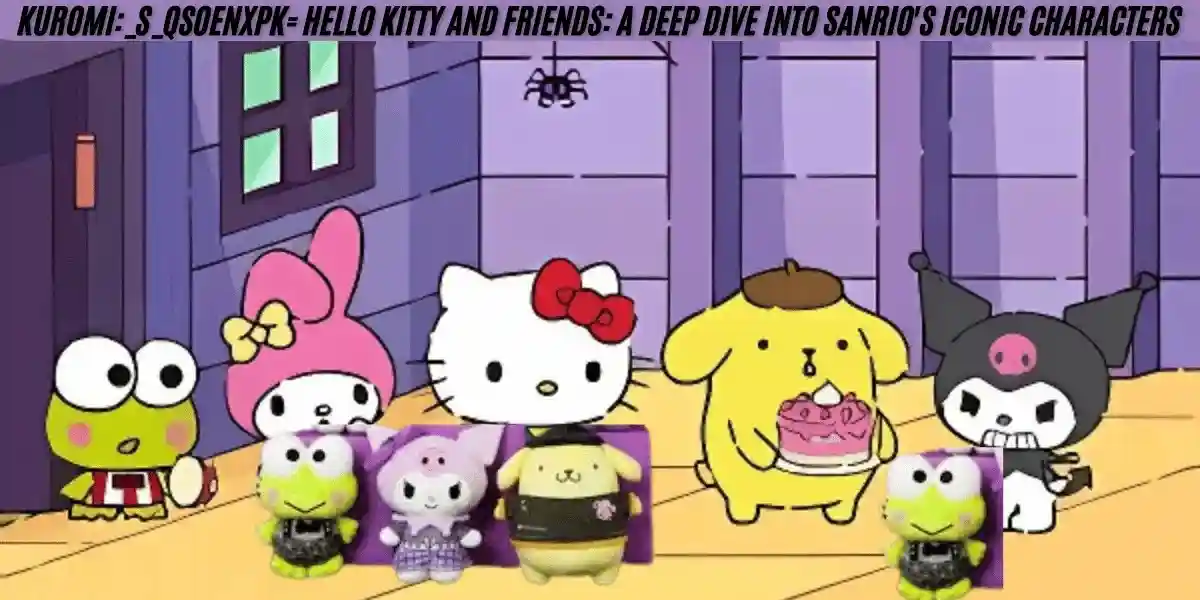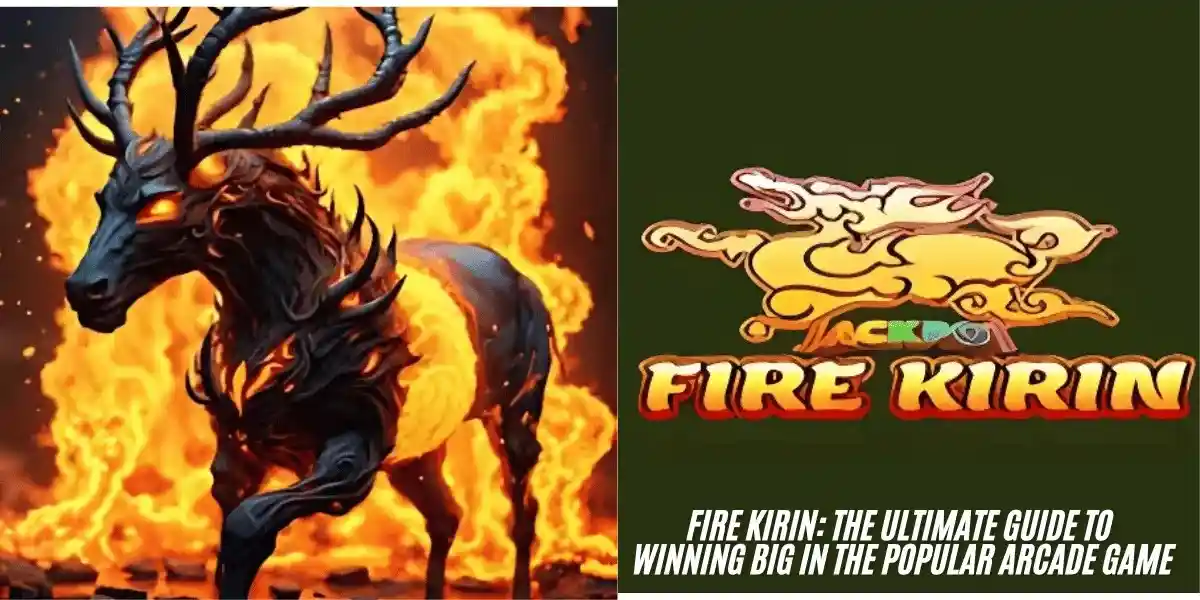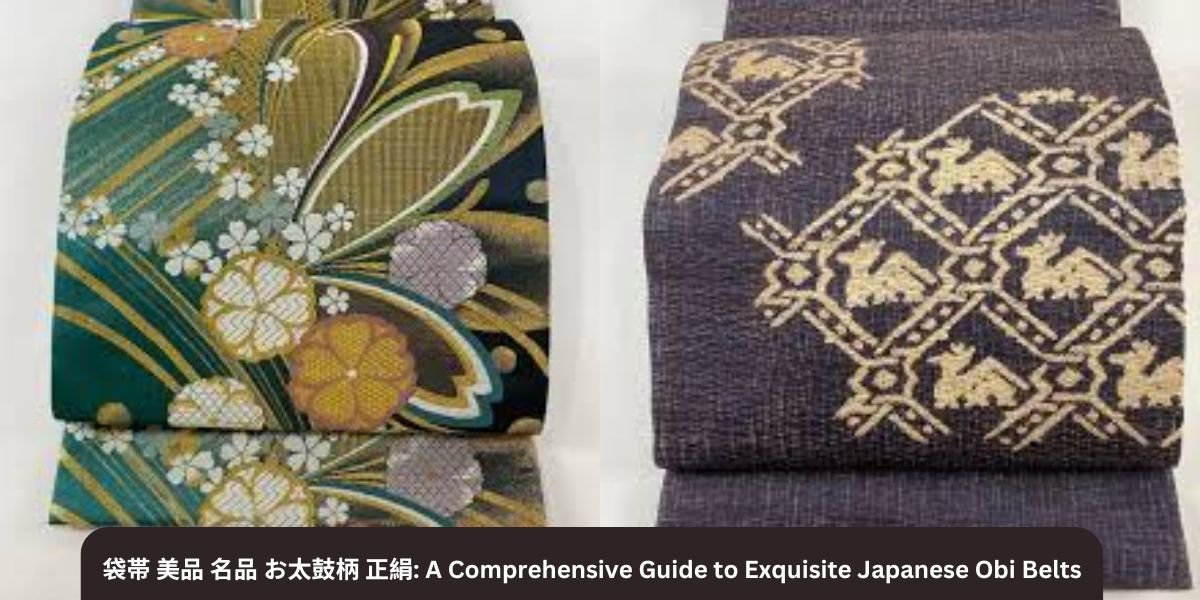Sanrio is a brand that needs little introduction. Known worldwide for its adorable and whimsical characters, Sanrio has become synonymous with cuteness, or “kawaii” in Japanese, with a legacy spanning over six decades. Among its iconic characters, Kuromi:_s_qsoenxpk= Hello Kitty and Friends stand out as the most beloved and influential. Today, Hello Kitty and her colorful gang of friends have become cultural icons, appearing on everything from stationery to clothing to theme parks. But what makes these characters so enduring, and what are the stories behind their creation
The Birth of Sanrio and Hello Kitty
Before delving into Kuromi:_s_qsoenxpk= Hello Kitty and Friends, it’s important to understand the foundation upon which Sanrio was built. Sanrio, founded in 1960 by Shintaro Tsuji, initially focused on producing small, affordable items like greeting cards. It wasn’t until 1974 that Hello Kitty was introduced to the world, marking the beginning of a new era for the company. The first design of Hello Kitty was a simple, but striking, image of a white cat with a red bow, and the character quickly captured the hearts of people around the globe.
Hello Kitty’s charm lies in her simplicity—she doesn’t have a mouth, allowing fans to project their emotions onto her. This open-ended design became a key factor in her widespread appeal, particularly for children. Her cute, timeless design, paired with the products she adorned, turned Hello Kitty into an instant success.
As Sanrio expanded its character lineup, the introduction of Kuromi_s_qsoenxpk= Hello Kitty and Friends followed suit. While Hello Kitty remained the flagship character, a whole new world of companions was created, each with their own unique personalities, traits, and backstories. These characters weren’t just accessories to Hello Kitty—they were stars in their own right.
Hello Kitty and Friends (1991): A Brief Overview
Hello Kitty and Friends (1991) is an animated series that brought Sanrio’s iconic characters to television, expanding their reach beyond merchandise and print. The show features Hello Kitty and her diverse group of friends, including My Melody, Badtz-Maru, Keroppi, and others, as they embark on various adventures, navigating friendship, challenges, and everyday life. While Hello Kitty remains the main character, the series highlights the unique personalities of her friends, each contributing to the group’s dynamic. This series was an important step in bringing Sanrio’s characters to a wider international audience, solidifying their cultural impact.
Kuromi: The Punk Rock Star of Sanrio
Among the many characters introduced by Sanrio, Kuromi:_s_qsoenxpk= Hello Kitty and Friends introduced an edgier vibe to the otherwise sweet and pastel world. First introduced in 2005, Kuromi is a mischievous girl who sports a punk rock style, complete with a black jester’s hat with a pink skull on the front. This character was designed to appeal to those who might have outgrown the softer designs of Hello Kitty, offering something with a bit more attitude.
Kuromi’s personality is equally as spunky. Unlike Hello Kitty, who is sweet, kind, and always polite, Kuromi has a rebellious side and is known for her sarcasm and occasional mischief. Her role in the Kuromi_s_qsoenxpk= Hello Kitty and Friends universe often positions her as a playful antagonist or a comedic foil to the more innocent characters. Yet, despite her punk exterior, Kuromi’s heart is not without compassion. In fact, her more “bad girl” persona adds depth to her character, making her popular not only with younger audiences but also with older fans who appreciate the contrast to the other more wholesome figures in the Sanrio family.
Other Iconic Characters in Kuromi:_s_qsoenxpk= Hello Kitty and Friends
While Hello Kitty and Kuromi remain the most iconic characters in the Sanrio lineup, there are several other notable characters that make up the vibrant world of Kuromi:_s_qsoenxpk= Hello Kitty and Friends. These characters contribute to the rich tapestry of the Sanrio universe, each adding their own distinct flavor to the brand.
- My Melody
Introduced in 1975, My Melody is a white rabbit who wears a red or pink hood that covers her ears. She is sweet, gentle, and has a love for baking. My Melody’s soft, pastel color palette and wholesome demeanor made her an instant favorite among fans. She also shares a deep friendship with Hello Kitty, and together, they embody the softer, more innocent side of Sanrio. - Keroppi
A green frog character who loves adventure, Keroppi is known for his playful nature and his enthusiasm for having fun. Keroppi’s backstory takes place in the town of Donut Pond, where he lives with his family and friends. His optimistic, carefree personality makes him one of the most beloved members of Kuromi:_s_qsoenxpk= Hello Kitty and Friends. - Badtz-Maru
A mischievous penguin with a tough-guy attitude, Badtz-Maru is often seen as a rival to Hello Kitty’s sweetness. Introduced in 1993, Badtz-Maru has a distinctive personality that aligns more with humor and sarcasm. He enjoys being rebellious and often finds himself in tricky situations, which is part of what makes him so endearing to fans who appreciate his cheeky antics. - Cinnamoroll
A fluffy, white puppy with long ears that resemble a cinnamon roll (hence the name), Cinnamoroll was introduced in 2002 and quickly became one of Sanrio’s most adored characters. With a friendly disposition and an innocent love for flying, Cinnamoroll fits perfectly into the Kuromi:_s_qsoenxpk= Hello Kitty and Friends lineup, offering a more ethereal and dreamlike contrast to some of the other, more mischievous characters. - Pochacco
Pochacco is a cheerful, energetic dog who enjoys playing sports and exploring the outdoors. With his white fur and floppy ears, Pochacco’s character was designed to exude joy and positivity. He stands as a symbol of playfulness and adventure in the Kuromi:_s_qsoenxpk= Hello Kitty and Friends universe.
Also read: Cute:ir-l2xheuau= Hello Kitty | avantika vandanapu age | Get_Ready_Bell: Client_Pulse
The Power of Kawaii: Why Kuromi:_s_qsoenxpk= Hello Kitty and Friends Resonate Globally
One of the key reasons Kuromi:_s_qsoenxpk= Hello Kitty and Friends has become such a cultural phenomenon is the concept of kawaii, the Japanese term for “cute.” From Hello Kitty’s silent smile to Kuromi’s punk aesthetic, each character is meticulously designed to evoke feelings of warmth, comfort, and happiness. The cuteness factor is a huge part of why these characters have such universal appeal, transcending age, culture, and language.
The kawaii aesthetic is much more than just a design style; it reflects a mindset of joy, innocence, and optimism. This philosophy has been integrated into everything Sanrio produces, from stationery and accessories to theme parks and movies. Even as fans age, the memories and feelings associated with these characters remain.
For example, Hello Kitty’s cultural impact cannot be overstated. She is considered a symbol of positivity and kindness. Her influence can be seen everywhere, from the design of fashion items to her appearance in high-end collaborations with brands like Givenchy and Swarovski. Despite being an icon for decades, Hello Kitty remains fresh and relevant because of her ability to adapt to contemporary trends while retaining her timeless charm.
Kuromi, on the other hand, caters to a slightly different demographic. While Hello Kitty represents sweetness, Kuromi embodies rebelliousness and individuality. In this way, Sanrio successfully appeals to both ends of the personality spectrum—those drawn to the soft and sweet and those who enjoy a bit of edge and attitude.
Kuromi:_s_qsoenxpk= Hello Kitty and Friends Characters Table
| Character | Personality/Appearance | Relationships | Interesting Fact |
|---|---|---|---|
| Kuromi | Rebellious, playful, wears a jester hat | Frenemy to My Melody, interest in Hiiragi | Loves gothic fashion |
| My Melody | Sweet, innocent, pink-hooded rabbit | Frenemy to Kuromi, loved by Hiiragi | Her iconic hood was a gift from her grandma |
| Hello Kitty | Kind-hearted, always helpful | Close friends with everyone | She loves baking apple pies |
| Baku | Loyal sidekick to Kuromi, ghost-like figure | Partner in mischief with Kuromi | Loves sleeping and dreaming |
| Hiiragi | Mysterious, talented violinist | Kuromi’s crush, loves My Melody | Plays classical music beautifully |
The Global Expansion of Kuromi:_s_qsoenxpk= Hello Kitty and Friends
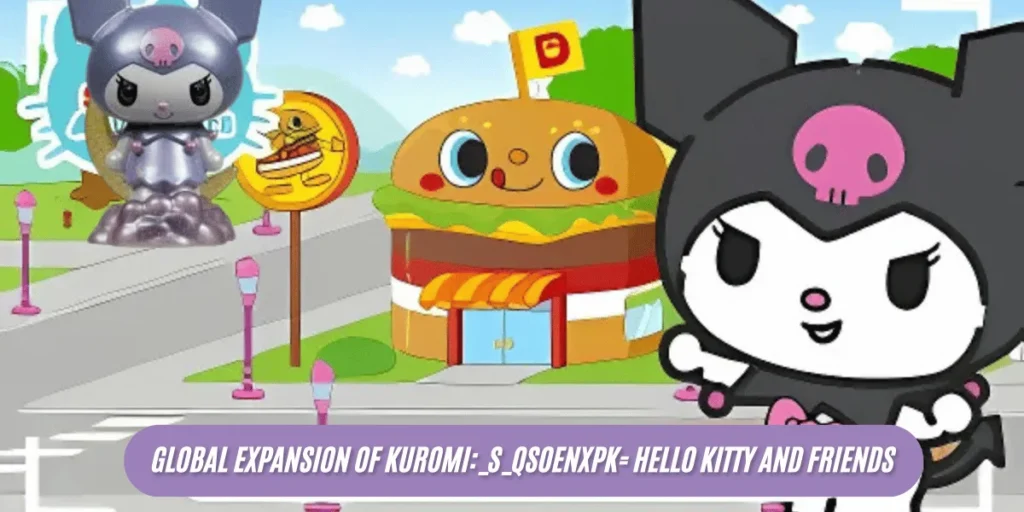
Sanrio’s success is not limited to Japan—it’s a global brand, with a massive following in North America, Europe, and Asia. The Kuromi_s_qsoenxpk= Hello Kitty and Friends lineup has extended far beyond consumer products, including collaborations with major brands, theme park attractions, and digital platforms.
One of the most notable examples of this global expansion is the Hello Kitty-themed attractions at Sanrio Puroland, an indoor theme park in Japan. Visitors can immerse themselves in the world of Hello Kitty and her friends, attending performances, shopping, and enjoying themed attractions that bring these characters to life.
In recent years, Kuromi:_s_qsoenxpk= Hello Kitty and Friends have also made their mark in the world of digital media. From mobile games to animated TV series, Sanrio has embraced modern technology to bring its characters into the digital age, ensuring that Hello Kitty and her friends remain relevant to younger generations.
Also read: Coffin:_ymgfr9c3f4= Nail Designs | Pretty:Cxwvozvyulq= Girl
The Timeless Appeal of Kuromi:_s_qsoenxpk= Hello Kitty and Friends
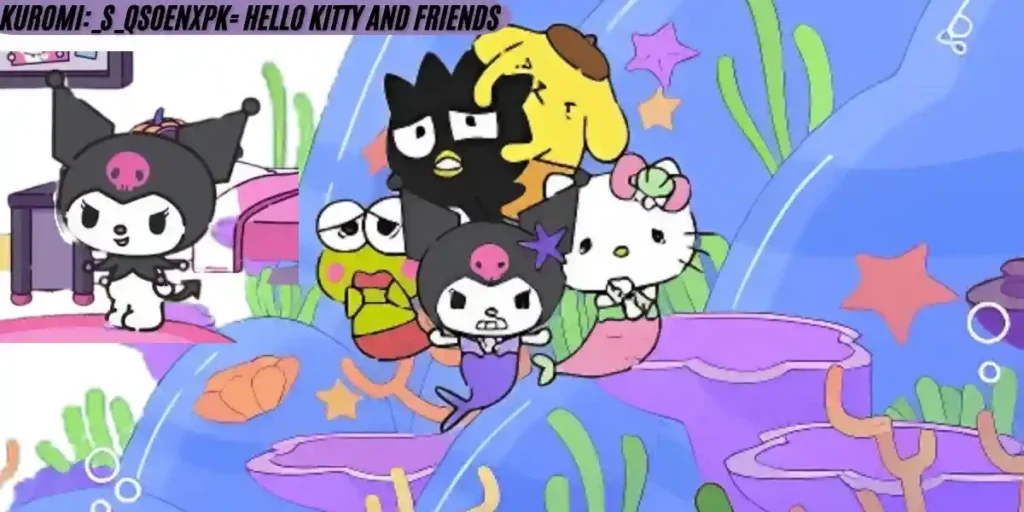
The enduring success of Kuromi:_s_qsoenxpk= Hello Kitty and Friends can be attributed to several factors: the universal appeal of the kawaii aesthetic, the relatable personalities of the characters, and Sanrio’s ability to adapt to modern trends while retaining their nostalgic charm. These characters have evolved from simple designs into symbols of joy, comfort, and individuality, with an ever-growing global fanbase that spans generations.
Whether you’re drawn to Hello Kitty’s sweetness, Kuromi’s punk attitude, or My Melody’s gentle nature, there’s a character for everyone in the Sanrio universe. As Sanrio continues to expand its lineup of lovable characters and collaborate with global brands, it’s clear that the legacy of Kuromi _s_qsoenxpk= Hello Kitty and Friends is far from over. In fact, it seems that these iconic characters will continue to delight fans for many years to come.
Conclusion
In conclusion, Kuromi:_s_qsoenxpk= Hello Kitty and Friends has grown into a beloved universe that transcends age, culture, and time. Sanrio’s iconic characters, from the sweet and kind Hello Kitty to the rebellious and punk-inspired Kuromi, each offer something unique that resonates with fans across the globe. Their relationships—whether friendly or filled with playful rivalry—bring depth and personality to their stories, making the characters relatable and endearing.
The enduring appeal of these characters is rooted in their simplicity, timeless designs, and the universal themes of friendship, loyalty, and self-expression. Kuromi: s_qsoenxpk= Hello Kitty and Friends represents not just a collection of adorable characters, but an entire cultural phenomenon that continues to evolve and captivate new generations.
Frequently Asked Questions
1. What is the significance of the “kawaii” aesthetic in Sanrio characters?
“Kawaii” is a Japanese term that means “cute” or “adorable,” and it is central to the appeal of Sanrio characters. The kawaii aesthetic emphasizes innocence, joy, and charm, with designs that evoke feelings of happiness and warmth. This aesthetic has contributed to the global success of Hello Kitty and her friends, making them recognizable and loved by people of all ages worldwide.
2. Why is Kuromi considered a unique character in the Sanrio lineup?
Kuromi stands out in the Hello Kitty and Friends universe because of her punk rock-inspired design and rebellious personality. Unlike the sweet and innocent characters like Hello Kitty or My Melody, Kuromi’s character is more sarcastic and mischievous, appealing to fans who appreciate a more edgy, non-conventional character. Despite her tough exterior, Kuromi is still a fan favorite for her humor and individuality.
3. Are there any Hello Kitty-themed attractions?
Yes! Sanrio Puroland, located in Tokyo, Japan, is a theme park dedicated to Hello Kitty and other Sanrio characters. Visitors can enjoy live shows, interactive exhibits, and themed restaurants, bringing the magical world of Hello Kitty and her friends to life. Additionally, Hello Kitty-themed attractions can also be found at other amusement parks, such as Universal Studios in Singapore.
4. Can I find Sanrio characters in popular media?
Yes! Sanrio characters, particularly Hello Kitty and Kuromi, appear frequently in popular media. Hello Kitty has had animated TV series, movies, and digital games. She has also made cameo appearances in movies like The Simpsons and Rugrats. Kuromi and other Sanrio characters have also been featured in comic books, online games, and web series.
5. How do fans typically express their love for Sanrio characters?
Fans express their love for Sanrio characters through a variety of channels, including collecting merchandise like plush toys, stationery, accessories, and clothing. Many also participate in fan events, join online communities, and attend Hello Kitty and Friends-themed conventions or pop-up shops. The characters also appear in digital media such as mobile games, social media accounts, and animated series.
